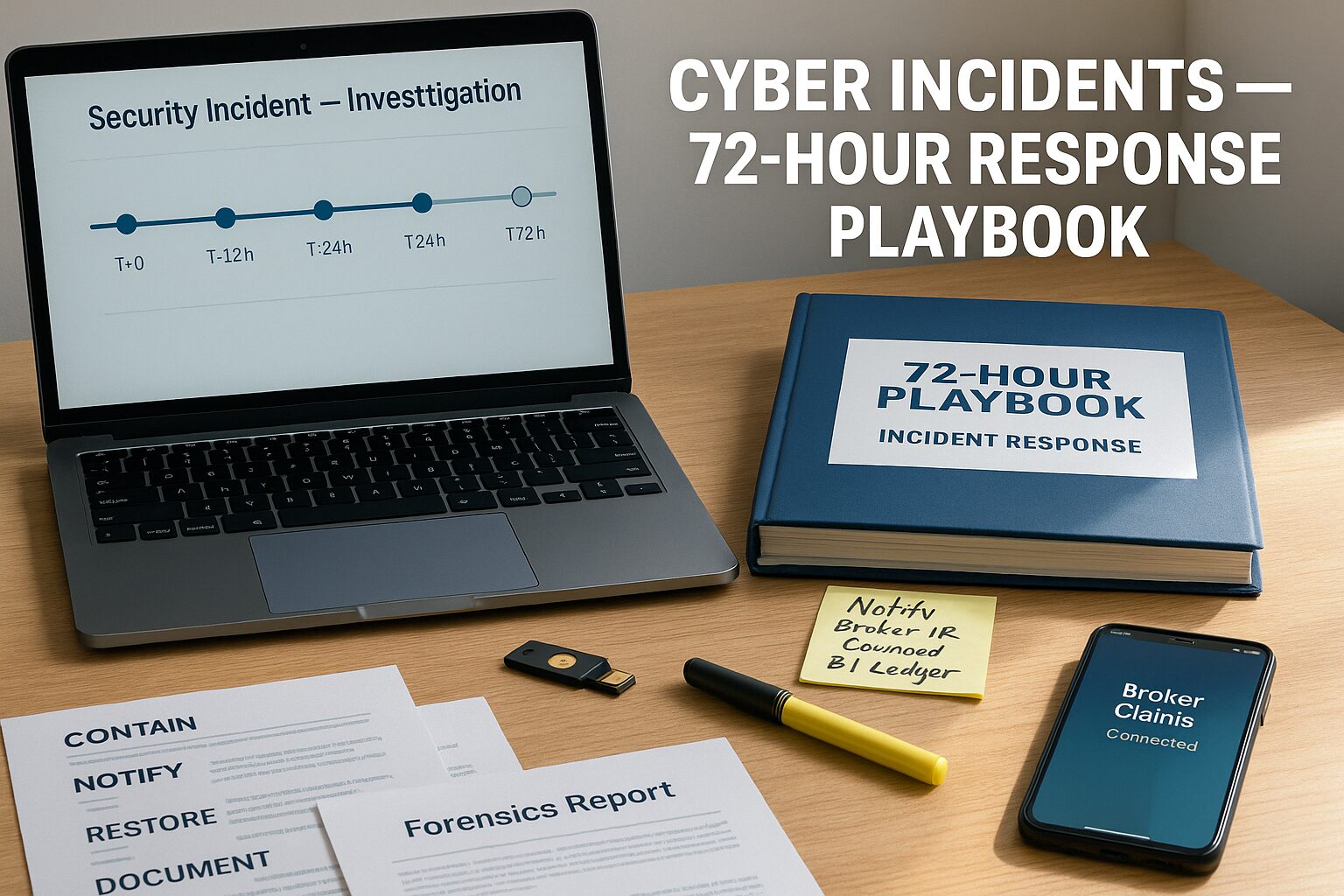Negotiation Is the True Profit Lever
In global contracts, success is not only determined by what you deliver, but by what you negotiate before you start. Many talented entrepreneurs lose money not because of weak skills, but because they agree to bad terms under client pressure.
A strong negotiation system turns potential conflict into cooperation. The secret lies in scripts — prepared words and phrases that guide conversations. These scripts allow you to protect fees, enforce scope, demand retainers, and insert protective clauses without sounding aggressive or losing client trust.
This article presents a toolbox of proven negotiation scripts tailored for cross-border business.
Part 1. Why Negotiations Fail Across Borders
- Cultural Missteps: Direct negotiation style in the U.S. may offend Japanese clients.
- Lack of Preparation: Freelancers often improvise instead of using tested language.
- Fear of Losing the Deal: Many accept bad terms just to “close.”
Case Example — Freelancer in Eastern Europe
Client demanded 90-day payment terms. Freelancer accepted out of fear. Result: constant cash flow crisis. With a script, he could have confidently proposed 30 days.
Part 2. Scripts for Retainers
Client Objection: “Why should we pay you a retainer before work starts?”
Your Script:
“The retainer ensures I’m available for your priority needs. It’s like securing a lawyer or a top consultant — the fee guarantees my time and focus for you, and prevents me from taking on competing projects.”
Variation (Cross-Border):
- U.S. clients respond well to “priority access” framing.
- Asian clients prefer “long-term partnership stability.”
Case Example — Global Marketing Strategist
Secured $5k/month retainers across 3 continents by framing them as “commitment to partnership.”
Part 3. Scripts for Milestone Payments
Client Objection: “Can’t we pay everything at the end?”
Your Script:
“Splitting payments into milestones gives both of us fairness. You don’t pay for work until you see progress, and I don’t take on all the risk upfront. It keeps the project balanced.”
Reinforcement Phrase:
“Milestones = transparency and trust.”
Case Example — SaaS Development Deal
Using milestone language, developer secured 30% upfront, 40% mid-project, 30% on delivery. Eliminated late-payment risk.
Part 4. Scripts for Kill-Fees
Client Objection: “Why do we need a kill-fee clause?”
Your Script:
“When I commit to your project, I say no to other opportunities. If you cancel, the kill-fee compensates for the reserved time. It’s not a penalty; it’s fairness.”
Alternative Language:
“Kill-fee is a standard industry practice to protect against sudden cancellations.”
Case Example — Global Film Crew Contract
Secured 25% kill-fee clause using fairness framing. When project canceled, still recovered $40k.
Part 5. Scripts for Scope & Change Orders
Client Objection: “Can’t we just add this small extra feature for free?”
Your Script:
“I’d be glad to add that. Since it’s outside the agreed scope, we’ll create a quick change order with adjusted fee and timeline. That way, you get exactly what you want, and we stay transparent.”
Reinforcement Phrase:
“Change orders keep projects fair and on track.”
Case Example — Global Design Agency
Trained staff to use script above. Revenue from change orders added 18% extra annually.
Part 6. Scripts for Payment Terms
Client Objection: “We usually pay in 90 days.”
Your Script:
“For global contractors, 90 days creates high financial risk. Industry standard is 30 days, and that ensures I can maintain consistent service quality. Let’s agree on 30 days, or 45 days at most.”
Alternative Add-On:
“If 90 days is absolutely required, then payments must include a 5% financing surcharge.”
Case Example — IT Outsourcing Firm
Introduced 5% surcharge for delayed payment terms. Most clients switched to 30-day terms instead.
Part 7. Scripts for FX-Indexed & Inflation Clauses
Client Objection: “Why should payments be indexed to USD or CPI?”
Your Script:
“Indexing ensures stability for both of us. If your local currency shifts, you still know exactly how much value you’re getting. It’s not about charging more — it’s about making sure our contract stays fair in real terms.”
Case Example — SaaS Vendor in Brazil
Convinced U.S. clients to accept USD indexing by framing it as “shared stability.”
Part 8. Scripts for Late Fees & Collections
Client Objection: “Why do you have a late fee?”
Your Script:
“Late fees simply encourage timely payment. They’re rarely used, because most clients pay on time. Think of it as a mutual incentive for smooth cooperation.”
Alternative Framing:
“This protects both of us — it ensures I can keep delivering without interruptions.”
Case Example — European Consultant
Added 2% late fee clause. Payments on time improved from 70% → 95%.
Part 9. Cultural Adaptation of Scripts
- U.S. Clients: Value direct, efficiency-driven language.
- European Clients: Prefer legalistic references (“industry standard clause”).
- Asian Clients: Prefer harmony framing (“partnership stability,” “long-term fairness”).
- Middle Eastern Clients: Respond well to prestige framing (“top professionals work this way”).
Case Example — Japanese SaaS Contract
Freelancer failed when he demanded retainers directly. Succeeded when he reframed as “guaranteeing long-term commitment.”
Conclusion: Scripts Build Wealth, Not Just Confidence
Negotiation is not about being aggressive. It is about guiding the conversation with language that protects your wealth.
- Retainer scripts secure predictable income.
- Milestone scripts balance risk.
- Kill-fee scripts protect time.
- Change order scripts stop free work.
- Payment term scripts protect cash flow.
- FX/Inflation scripts preserve real value.
- Late fee scripts ensure discipline.
Every script is a lever. Used systematically, they convert risky negotiations into profitable, long-term agreements.
Wealthy entrepreneurs don’t negotiate harder — they negotiate smarter, with scripts that compound income over decades.
Case Study List
- Eastern European freelancer lost income due to bad payment terms.
- Marketing strategist secured global retainers with “partnership” framing.
- SaaS developer used milestone scripts to secure 30% upfront.
- Film crew recovered $40k via kill-fee clause.
- Design agency gained +18% revenue from change orders.
- Outsourcing firm enforced 30-day terms using surcharge tactic.
- SaaS vendor in Brazil won USD indexing clause.
- European consultant boosted on-time payments with late-fee script.
- Japanese freelancer succeeded by reframing retainer as “commitment.”
📌 Next Article Preview
In our next article, we’ll explore:
“Late Fees, Collections & Dispute Resolution — Enforcing Payment Discipline Without Burning Relationships.”
You’ll learn how to draft late-fee clauses, design collection processes, and resolve disputes globally while protecting both cash flow and reputation.









